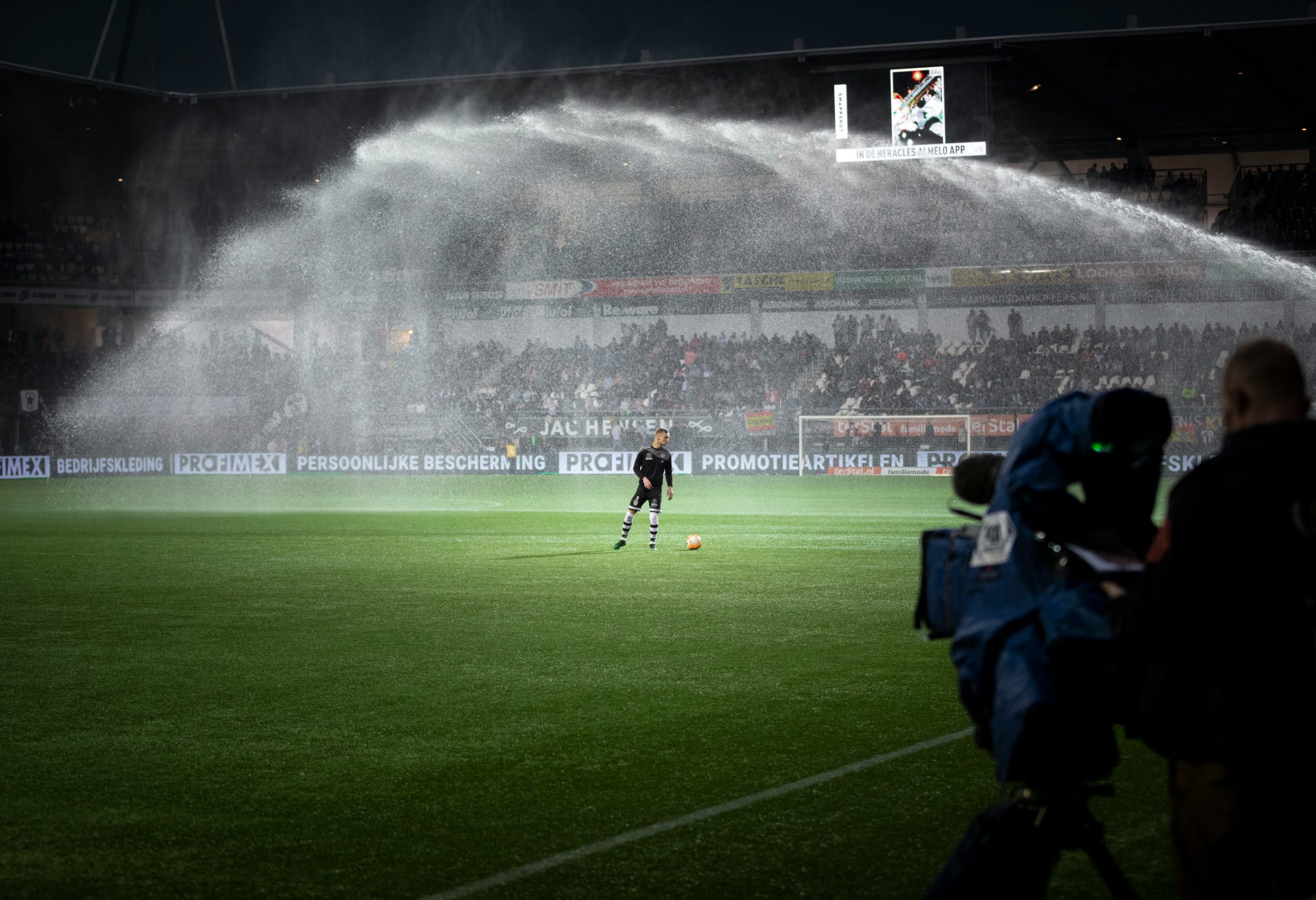
Mental Health Support for Elite Youth Athletes
Introduction
Elite youth athletes face unique challenges that can impact their mental health. The pressure to perform, rigorous training schedules, and balancing academics with sports can lead to stress, anxiety, and other psychological issues. Recognizing and addressing these challenges early is crucial for the overall well-being and long-term success of young athletes.
Understanding the Challenges
Elite youth athletes often start training intensively from a young age, which can affect their social development and mental health. The demands of competition and the pursuit of excellence can create a high-stress environment. According to Dr. Anne Shadle, a sports psychologist, “Young athletes are vulnerable to burnout and anxiety due to the relentless focus on performance.”
Common Mental Health Issues
- Anxiety and Stress: Constant pressure to excel can lead to anxiety disorders and chronic stress.
- Depression: Feelings of isolation, especially when away from family for training, can contribute to depression.
- Body Image Issues: The emphasis on physical appearance and performance can lead to distorted body image and eating disorders.
- Burnout: Overtraining and the absence of downtime can result in physical and emotional burnout.
Importance of Mental Health Support
Providing adequate mental health support is essential for preventing these issues from escalating and ensuring the holistic development of young athletes. Dr. Michael Johnson, a sports psychiatrist, emphasizes, “Supporting mental health in youth sports not only enhances performance but also nurtures long-term mental resilience.”
Effective Support Strategies
Effective strategies to support the mental health of elite youth athletes include:
- Access to Sports Psychologists: Offering regular sessions with sports psychologists to discuss performance anxiety, coping strategies, and mental resilience.
- Education and Awareness: Educating coaches, parents, and athletes about the signs of mental health issues and how to seek help.
- Creating a Supportive Environment: Fostering a team culture that values mental well-being as much as physical performance.
- Flexible Training Schedules: Allowing for adequate rest and recovery periods to prevent burnout.
- Peer Support Programs: Encouraging athletes to connect with peers who may be experiencing similar challenges.
Case Studies and Success Stories
Several organizations and programs have successfully implemented mental health support systems for young athletes:
“At the XYZ Academy, we integrate mental health check-ins into our training programs. This has significantly reduced stress-related injuries and improved overall team morale.” – Coach Sarah Brown
Case studies like this highlight the positive impact of prioritizing mental health in youth sports.
Conclusion
Ensuring the mental well-being of elite youth athletes is a responsibility shared by coaches, parents, and sports organizations. By implementing comprehensive mental health support systems, we can nurture not only athletic talent but also mental resilience and long-term success.
For more information on mental health support for youth athletes, consult with a sports psychologist or visit reputable sports psychology resources online.



